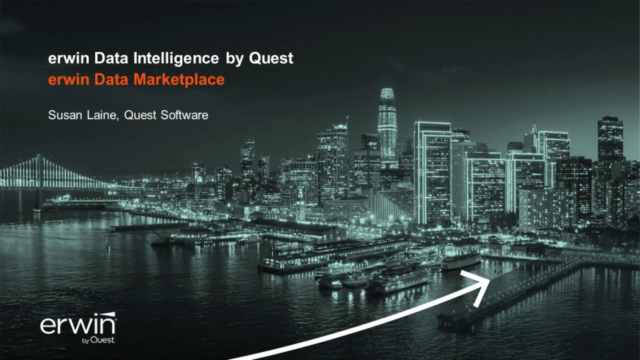[MUSIC PLAYING] Welcome to the DI marketplace. Here's our home screen for entering into the marketplace. I can select any of these tabs or go in by user ratings, my data sets, my models. I can browse by my critical data, analytics, customer data, or perhaps browse one of my custom views, which I have saved as a favorite. I'm going to turn the card for data sets.
Now I'm presented with all the data sets in the marketplace. And I'm going to narrow down my search, Customer data sets. Still quite a few data sets, so I want to bring it down to a particular domain. And I'm going to select Customer operations.
Inside a Customer operations, I have quite a few data sets, not as many as I had before. And I can quickly shop for a data set, view the description, what type of data set it is, whether it has critical data elements, the ratings. And here's my data score. I can see the data value score is 93% because of DQ score, the data set ratings, as well as the completeness from that governance curation zone.
From here, I can compare some data sets. So maybe I don't quite know if this is the right data set for me. And these are some other similar data sets. So let's compare the similar data sets.
Here we see Customer churn inside of Customer success, Customer data inside of Sales, and Personality analysis in front of Marketplace, or in the Marketing domain; the descriptions, how that data has been ranked, when it was created; Data stewards, the Tags. I can see the business initiative that data set was created for, what were the expected insights behind that data set, and where is that data set located?
I think I have a good idea that I want this customer churn data set. So when I click on it, I'm presented again with all that information about the data set. And I want to go into the mindmap and really understand what controls, what business controls, are around this data set.
So here we can see it has PI information. I have to use this data set according to some compliance policies, GDPR rules. And I can expand these to get into the rules and policies as well.
On the left-hand side, it's giving me the physical properties. And if I expand all, I can quickly see where the information is coming from behind this data set, what system, what database, even down to the column level and how that column has been profiled. I can see how it's been tagged as privacy information, and I can see that it has some really good profiling results, except for this one down here. And I can drill into the data lineage at this point, as well, to see where that data came from and why it's maybe at red.
So this is the mindmap that starts your investigation around both business and physical information for that customer churn data set. Since I have a good idea that I want this customer churn data set, I would probably next request access to this data set. When I request access, it's telling me who owns it. And it tags me as the requester and that I selected this request at this date and time.
When I go over to the Action Center, I can see all the data sets that have been requested. I can see which ones have been approved, which ones I can use, and which ones have the data set available to me. So when I select the data set and say Edit, I can go out to the data set itself and start the download. Now it's downloading the data set right to my desktop because I have been approved for this data set.
Let's go back and take another pathway into the marketplace. This pathway is going to be for AI models. I'm going to select the AI model. And again, I'm presented with all the different models. And I can do my filtering by domain and find out what AI models belong where or came from which domain.
I can see all the information about that AI model, including what type of model it is, the business purpose of this model, whether or not it's been productionalized yet, when that model was last trained, and the source code behind that model. When I hit the mindmap, I'm presented with the guardrails, the guardrails of where and how I'm supposed to use this particular fraud detection AI model.
So here are the policies and all the business guardrails for that fraud mile, fraud detection model. Let's open it all the way up. And on the left-hand side, I can immediately understand the data behind that AI model and how good the quality is.
There's more that I can do. I can click on this model, and I can also look at some of the drift detections behind the data on this model. I can look at how that profiling result came to be and really drill into the actual quality behind the data in this model. I'm going to leave you here. Please contact us for more information about the Erwin Data Intelligence Marketplace. Thank you.
[MUSIC PLAYING]
 06:26
06:26
